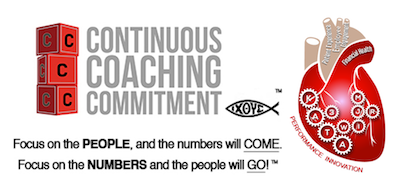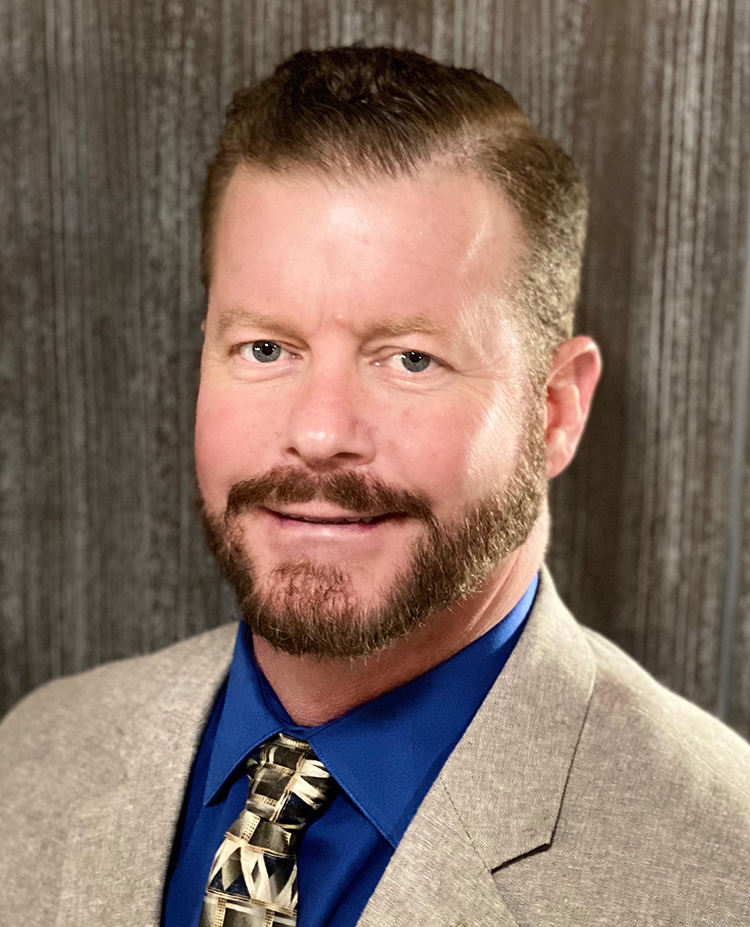In the world of hiring and recruiting, most anyone could say they’ve experienced the wait-and-see game as a job seeker. But what’s behind that wait on the employer side? Obviously time, but as well, the reality that time is tied closely to dollars: The longer the hiring time, the more it costs the bottom-line.
“The faster positions are filled, there is a reduction in overtime, it reduces turnover, it’s better for morale in general, and gives Baptist a competitive edge. And we give better clinical care,” said Nancy Averwater, vice president of Human Resources
Baptist, like many other large organizations, follows a process for hiring that involves teams and departments at all levels, starting with seven Baptist recruiters who dedicate their days to finding new talent. Donna Robinson, director of Talent Acquisition , has over 25 years of watching Baptist hire, grow, and move into the online recruiting world from the days of paper applications. Looking at the length of time it takes Baptist to hire, Donna and her team knew the slow evolution to digital recruitment also left residual inefficiencies.
With the help of Baptist Management Systems, Employment Services started their own KATA in December 2015, specifically to address one question: How does Baptist get positions filled quicker and more efficiently? Ironically, it’s not as if the question wasn’t asked before. “We would get around a table to brainstorm, then make a plan, and thought we were making progress, but nothing changed. It wasn’t until we broke down the process, that we could see progress,” said Averwater.
Instead of broad brush strokes, the team took a moment to break down the process, focusing on one specific area of need with the most openings. While the team was making progress, by June, Brandon Brown of Continuous Coaching Commitment, believed real progress still remained untapped. “It’s great that everyone is learning and making progress, but we needed to build more muscle with KATA and look at one specific area.”
The problem? It felt counter intuitive. “We’ve always done broad strokes, brainstorming…but we were asked to go slow, to go fast. Brandon wanted us to focus on one small thing to get momentum,” said Averwater. And she wasn’t blind to the challenges. “I get a lot of compliments about this team and hear a lot of frustration. I realized the huge amount of work they do and they see each us of us as a true business partner.”
At the same time, the group analyzed their entire process. “We found 25 potential obstacles from the length of time it takes to get a background check to drug screens,” said Donna. Then, the group analyzed their assumptions about those obstacles. “For instance, many hiring managers are surprised to find out how long it takes to fully complete all the parts of the new hire process,” she added.
Others had an a-ha moment too. “I finally got the idea that focusing on one specific unit or discipline could work,” said Donna. Barry Wolfe, director of Human Resources and Donna realized that the faster managers could look at the queue of applicants, the faster they could hire.
“We’re now approaching recruiting through technology,” said Wolfe.
And the KATA is working. In six months, Baptist experienced a 30 percent drop in open positions and improved the time to fill a position by 20 percent.
The recruiters themselves have been surprised. “They were frustrated as well by the time it took. The recruiters are doing a great job with everything they have on their plate, but we all thought it would take about a year to see a change.
“This process connected our departments and processes together. Going through the hiring process, we can get information quicker,” said Carol Bubnick.









No comments yet.